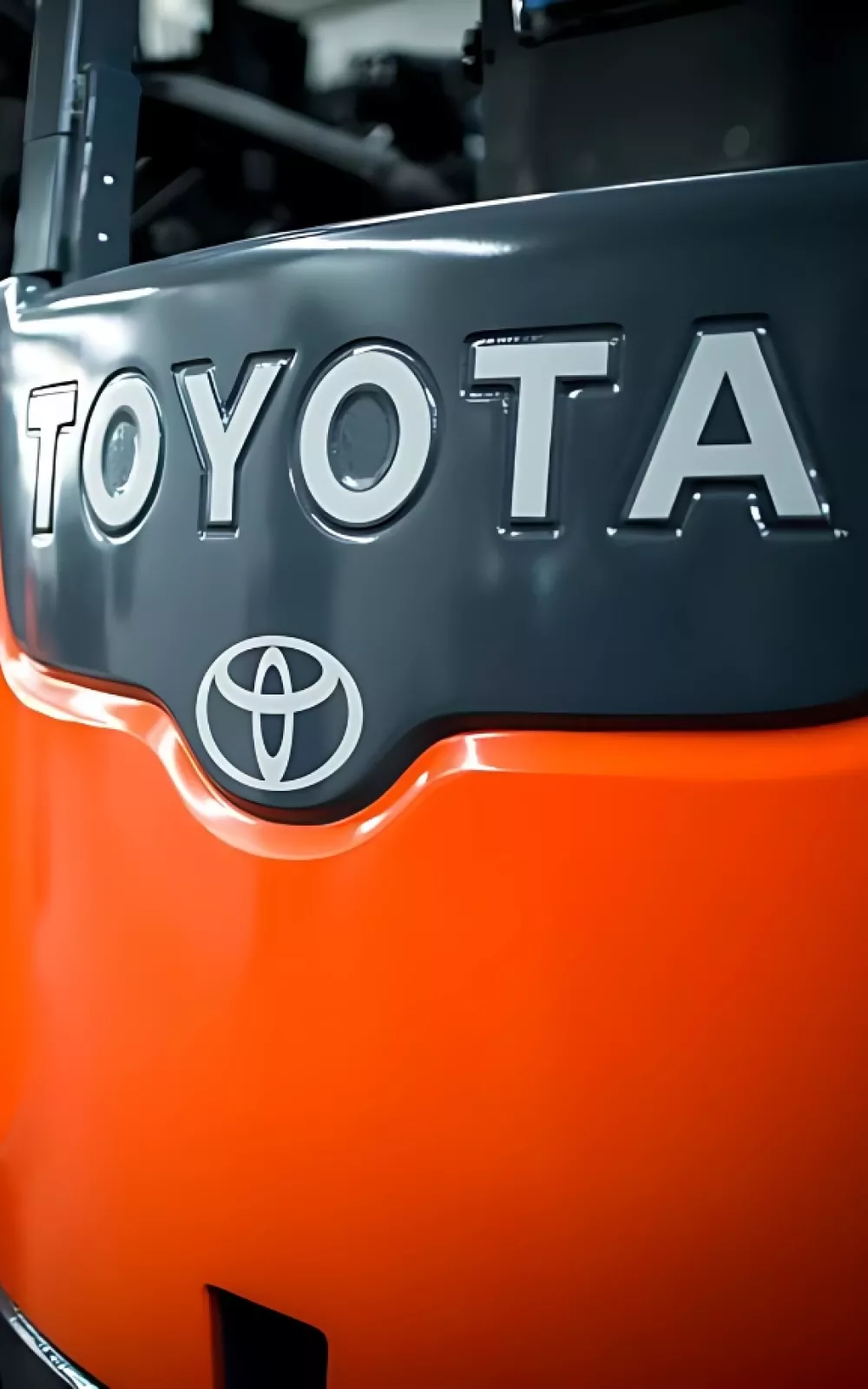Rent
ProLift offers daily, weekly, and monthly rentals. Find the right equipment for maximum productivity and safety.
Let us know how we can assist you! A ProLift specialist will connect with you to help with your material handling needs.
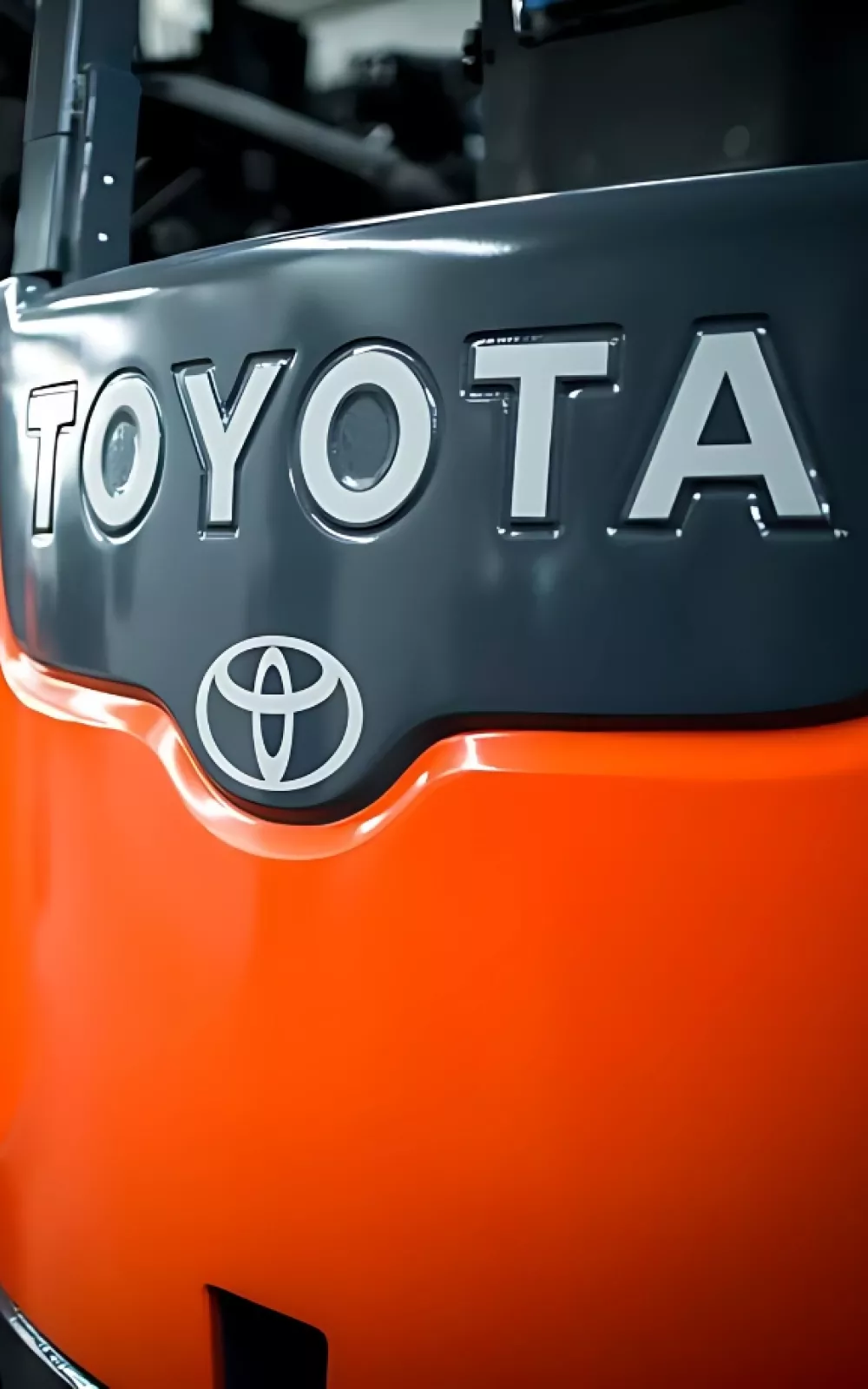
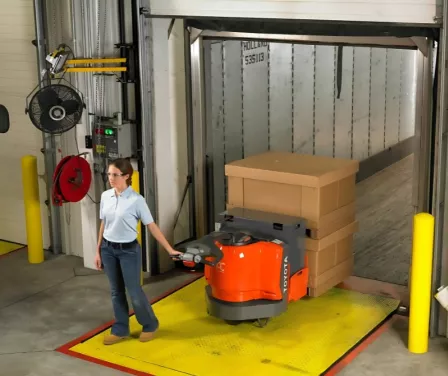
The logistics industry keeps the world moving, transporting goods across cities, countries, and continents. From road and rail to air, sea, and intermodal options, it ensures raw materials, products, and essential supplies get where they need to be—quickly and efficiently. As supply chains grow more complex and customer demands shift, logistics remains essential for economic growth and keeping businesses on track.
To keep up with the changing world of global trade, e-commerce, and sustainability goals, the logistics industry is evolving fast. Innovations like automation, electric vehicles, and AI are transforming operations, while safety and efficiency remain top priorities. Companies that embrace technology, invest in reliable equipment, and provide strong support services are set to thrive in this ever-changing landscape.
Examine equipment solutions for your industry and determine the best match, along with related products and services. ProLift's team of specialists are available to share the information you need to make a decision.

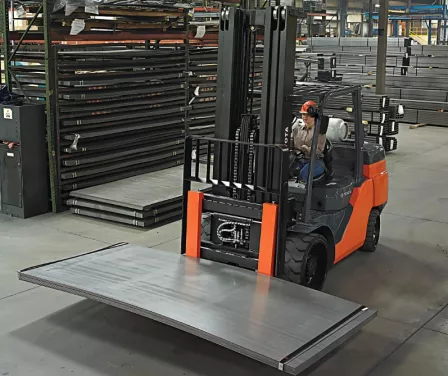
Addressing the industry's challenges, ProLift provides equipment solutions designed to support and advance your short- and long-term business objectives.
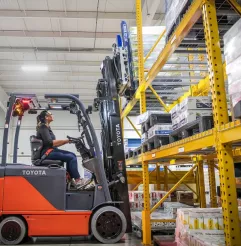
Start your search for available equipment and product lines with ProLift’s equipment finder. It helps you quickly identify the best solutions that match your criteria.
From equipment and maintenance to replacement parts and safety training, ProLift offers you 360 support. We can also assist you with pallet racking and additional warehouse solutions. Let us know how we can help!
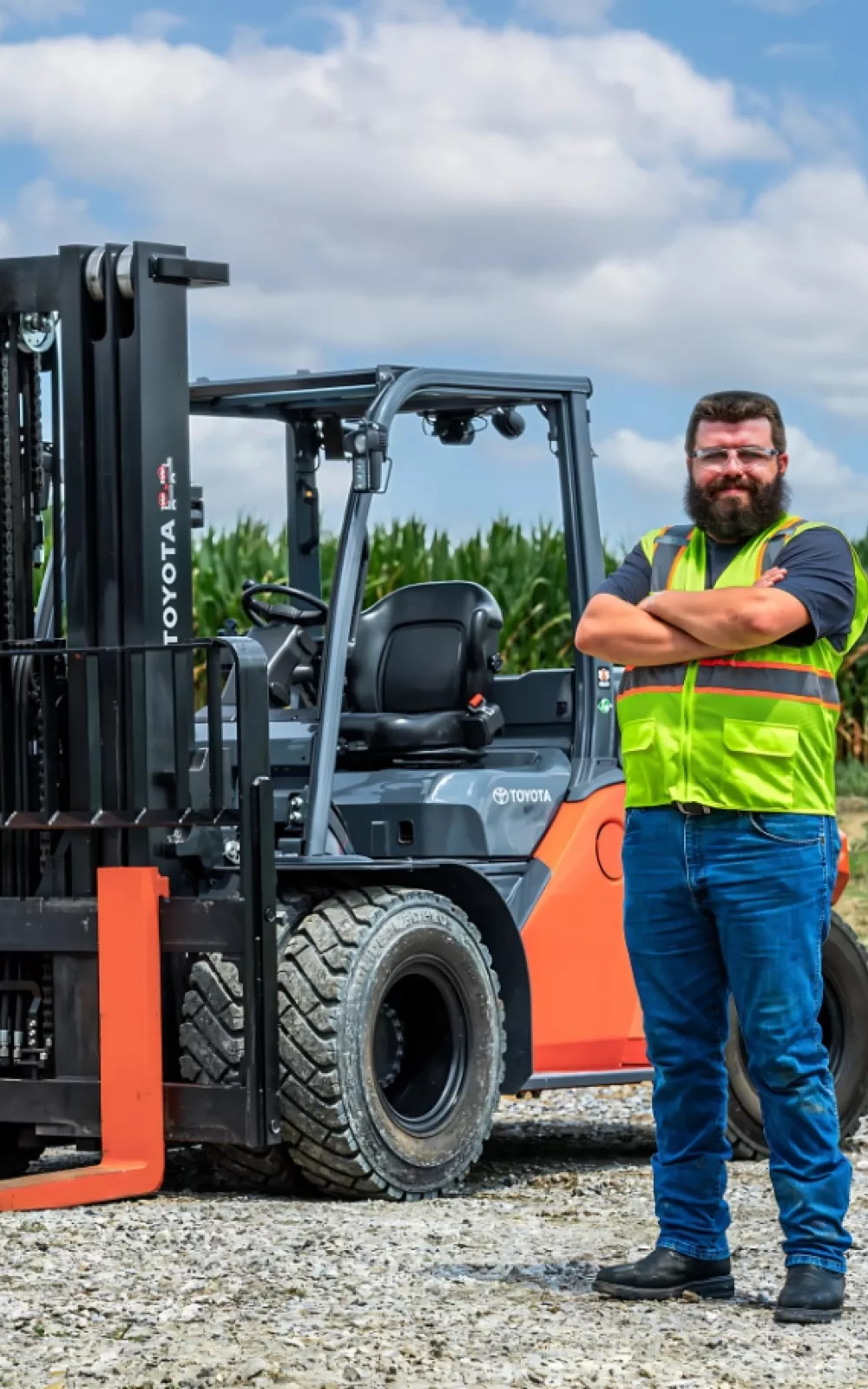
Let us know how we can assist you! A ProLift specialist will connect with you to help with your material handling needs.
